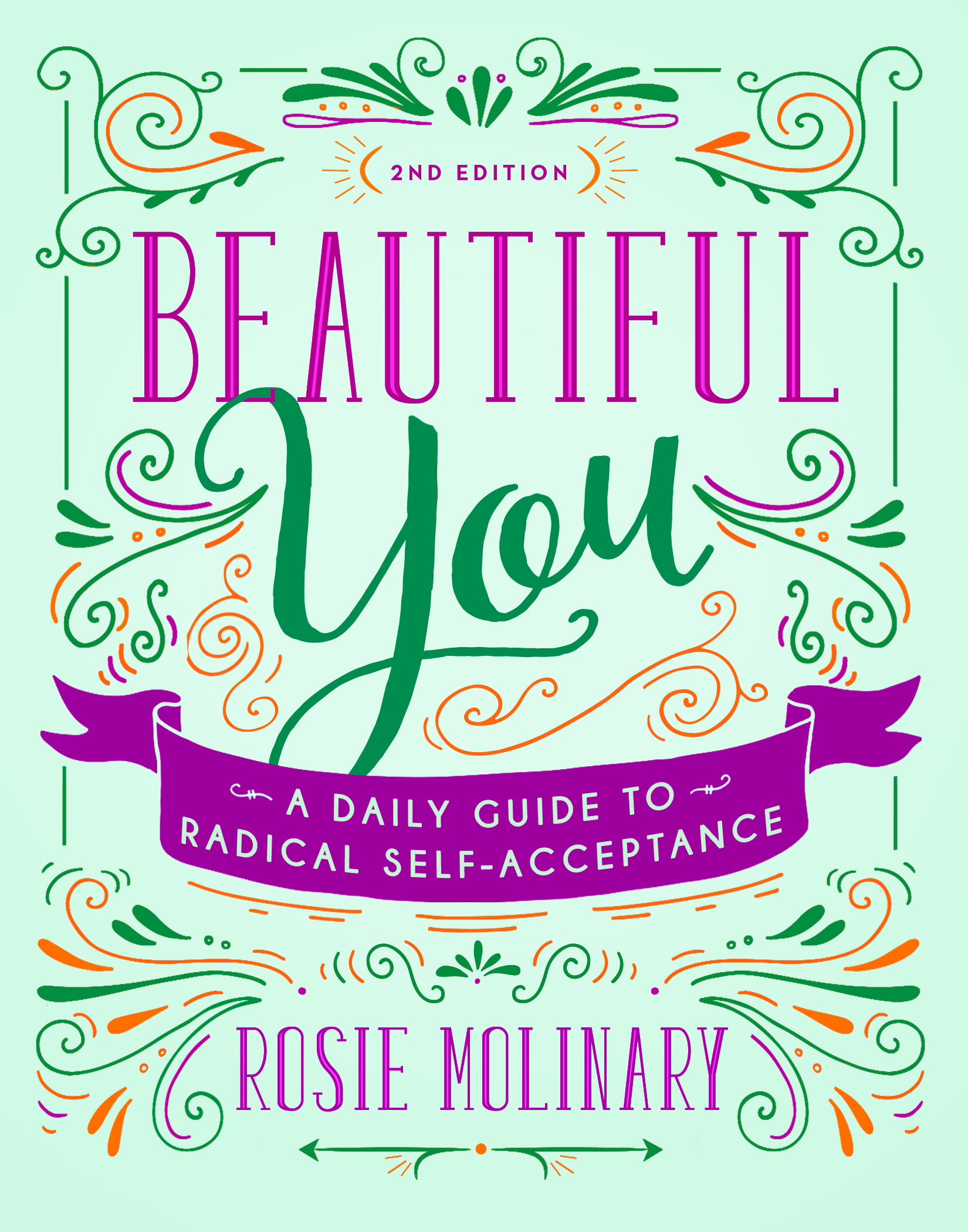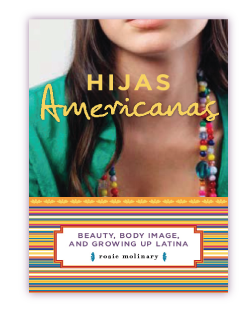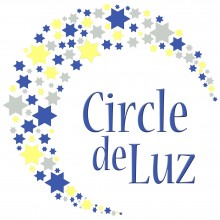Sabbatical. It’s from the Hebrew word shabbāth, which means (according to Webster’s) literally, rest (Jill, if you are reading this, I want you to know that Webster’s had “literally” in the definition. Jill is a friend of mine who figures largely into my thoughts on Sabbath but, first, I need to say that she loathes when someone says something like “I was literally about to kill her.” “Literally,” she’ll ask, her eyebrow raised in question of the hyberbole of it all. So, Jill, it was Webster’s that put literally into that first sentence.).
Probably six years ago or so, Jill and I teamed up in our job as college administrators to offer a summer internship to students that paired community engagement with deliberate reflection on the concepts of vocation and Sabbath. The idea of Sabbath wasn’t nearly as hard for our students as the idea of taking a Sabbath. We worked at a Presbyterian school with some bright, achieving students. Rest seemed counter-intuitive for them. Jill handled these discussions with the students expertly, and we often talked on our own about our personal challenges in taking Sabbath– in considering a time of rest as necessary.
Four years ago, I taught a seminar in the college’s department of interdisciplinary studies. The course was called Exploring the Creative Process. The introduction I wrote for the syllabus read:
This course is designed to introduce students to the principles of the creative process while encouraging individual exploration. Students will understand the psychology of creativity and will practice the methodological techniques available for enhancing one’s creativity. This is a course grounded in risk-taking, in exploring arts, experiences, and attitudes that are different from what you commonly explore. The success of this course rests in what one gives to the experience: the risks that one is willing to take intellectually and creatively and the energy, motivation, and commitment one is willing to put into the experience directly affect how much is gained from this course. Various in-class exercises, small projects, and readings will develop each student’s creativity, and the final portfolio project will provide an opportunity for each student to showcase his or her creative growth over the course of the semester.
Lately I’ve noticed that I’ve been getting on the production bike and just pedaling away. By this I mean that I don’t write just for pleasure– I write for a living. And I don’t take the time to fill my creative well with the things that I intellectually and instinctively know that I need. Another truth is that for all but 8 years of my life (and five of those were before I was 5), time has existed for me on a school calendar. I am used to (and love) the flurry of the school year calendar and then the exhale of the summer. But the frenetic school year pace is the one that I have been operating on since I went to contract with Hijas in the fall of 2005. So, I’ve decided to exhale a little bit this summer, take a semi-sabbatical that allows me to play with my creative process, my rhythms, and processes. The semi-sabbatical is partially possible because I won’t do much traveling for Hijas this summer (after this week’s trip to New York, I have just one trip planned in July for a keynote at a conference) and also aided by the fact that I won’t be as frenetic in my pitching for freelance stories (in the height of my pitching frenzy, I try to get at least 3 ideas out to editors a week). I’ve got some various plans for my sabbatical– house plans, creativity plans, personal plans, Circle de Luz plans, professional plans– that I’ll share with you over the course of this week as I prepare for the semi-sabbatical that officially starts June 2. My work on overcoming resistance really put the roots of this process in place. Now I am LITERALLY ready to rest.


